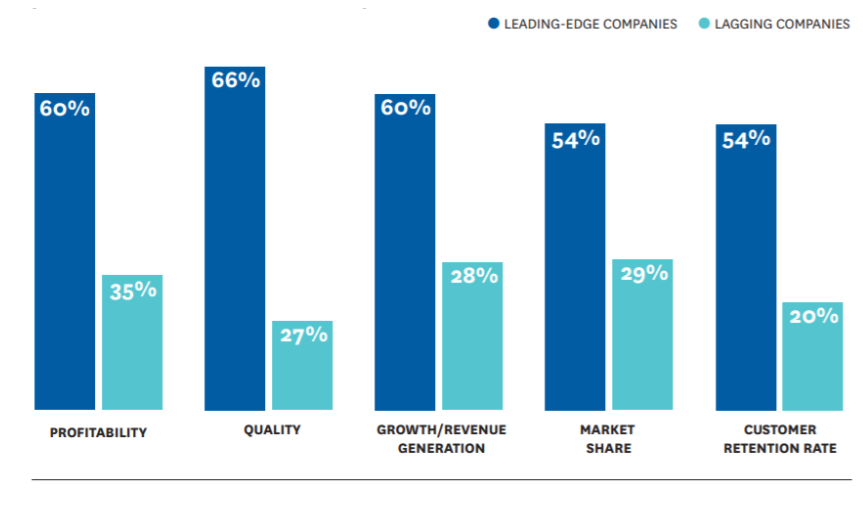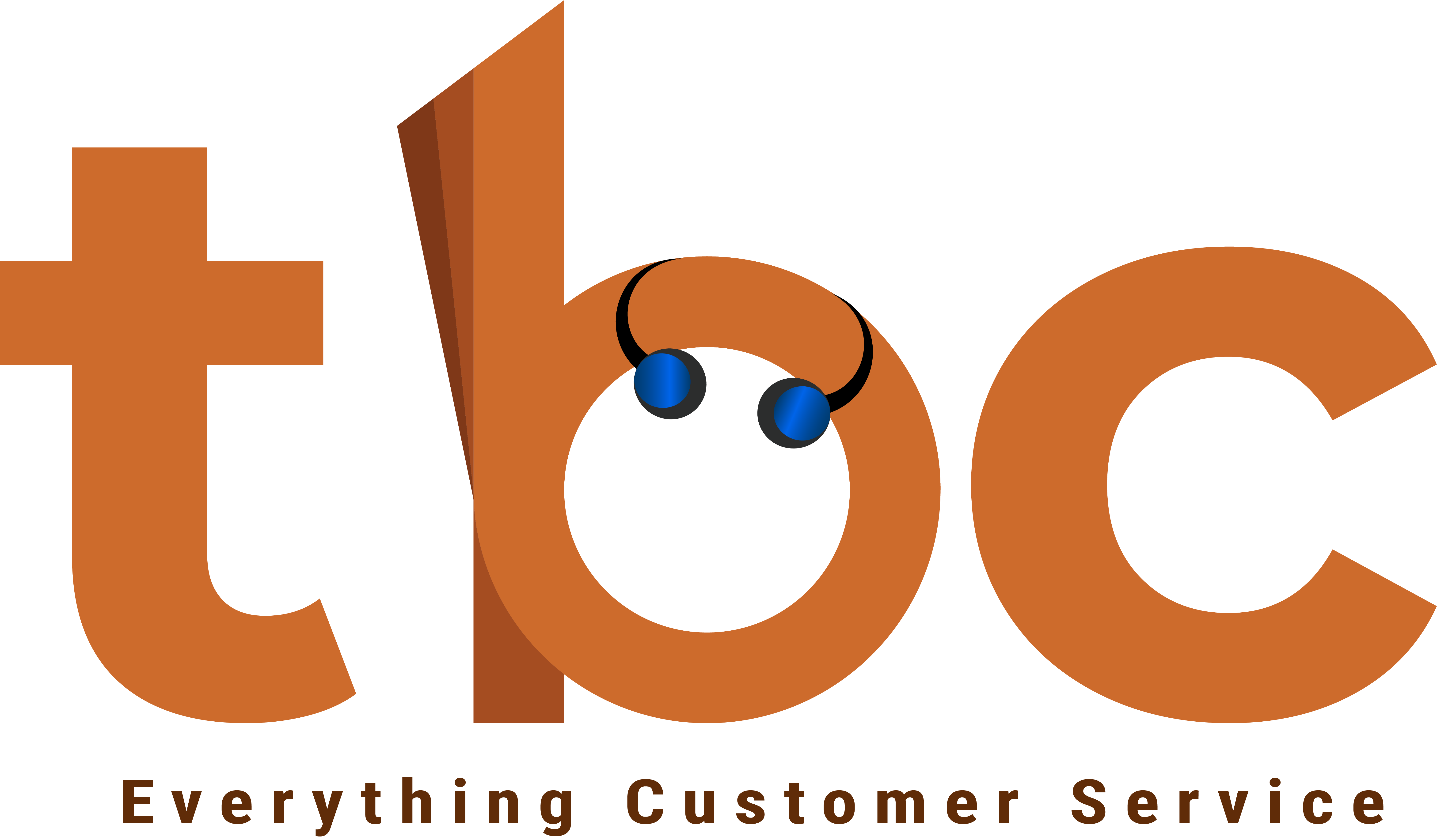What do the Customer Experience (CX) leaders do differently?
Leading-edge companies outperformed lagging companies on business outcomes like profitability, quality, growth, market share, and customer retention rate.

Source: HBR
Seven out of ten leading-edge companies say that customer experience is a strategic priority, while nearly half of the lagging companies don’t consider customer experience important.
This seems to have affected not just customer satisfaction scores and net promoter scores but also the intangibles like stock price and profitability.
What are the leading-edge companies doing right?
While building their customer experience programs, leading-edge companies allocate sufficient budgets, systems, processes, and plans.
Some of the critical things that customer experience leaders do include:
- Develop the proper organization and skills to provide systematic customer experience management.
- Set up the right tools and systems to make data-driven customer experience decisions.
- Optimizing the processes to leverage inputs from customer experience support tools. For instance, they have processes in place to manage customer dissatisfaction and, if the issue is hot, they have processes to escalate to the senior management
- The CX leaders don’t rely on past behaviors and patterns. Instead, they focus on the process. They understand and map the whole flow of the customer experience so that there is a true understanding of all the touchpoints
- They respond to individual customers based on their feedback about an experience
The biggest lesson that you can take out of CX leaders is that they think like the customers. A host of different people can impact customer experience. You need to put it all in the customer’s voice from the get-go, not just for the frontline employees but for all the support personnel as well.
Here is an example.
One of the leaders in the CX space makes their leaders taking phone calls from customers. This allows them to understand what it’s like to be a customer and what it’s like to support that customer. This starts a change in the customer experience culture of the organization.
Here is another.
A CX leader created centers of customer excellence within each business group. This is not just another flavor of the week kind of message, but true customer service champions lead them – not just at the VP level but also deeper.
While the customer experience champions the initiative, it eventually turns out to be a business initiative. After all, the customer journey is not limited to one or two functions, but it is pervasive.
Everyone plays a key role in effective customer experience management.



